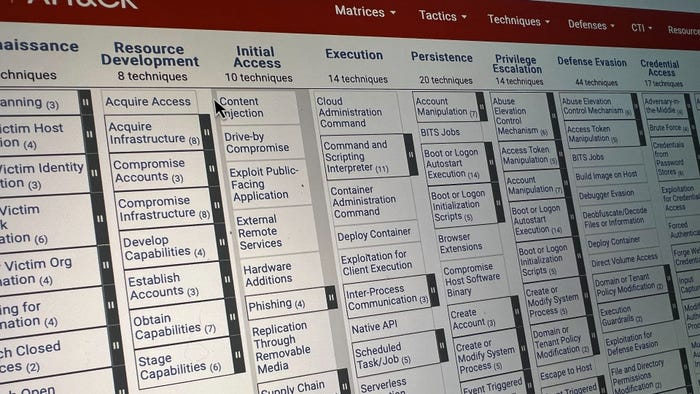Ransomware Gangs Exploit ESXi Bug for Instant, Mass Encryption of VMsRansomware Gangs Exploit ESXi Bug for Instant, Mass Encryption of VMs
With sufficient privileges in Active Directory, attackers only have to create an "ESX Admins" group in the targeted domain and add a user to it.
July 30, 2024

Multiple ransomware groups have been weaponizing an authentication bypass bug in VMware ESXi hypervisors to quickly deploy malware across virtualized environments.
VMware assigned the bug (CVE-2024-37085) a "medium" 6.8 out of 10 score on the CVSS scale. The average score is largely due to the fact that it requires an attacker to have existing permissions in a target's Active Directory (AD).
If they do have AD access, however, attackers can cause significant damage. With no technical trickery whatsoever, they can use CVE-2024-37085 to instantly scale up their ESXi privileges to the max, opening the door to ransomware deployment, data exfiltration, lateral movement, and more. Groups like Storm-0506 (aka Black Basta), Storm-1175, Manatee Tempest (part of Evil Corp), and Octo Tempest (aka Scattered Spider) have already tried it out, deploying ransomware such as Black Basta and Akira.
Broadcom recently published a fix, available on its website.
How CVE-2024-37085 Works
Some organizations configure their ESXi hypervisors to use AD for user management. It turns out that by doing this, organizations were exposing themselves to something unexpected. By default, ESXi hypervisors granted full administrative access to any member of an AD domain group named "ESX Admins."
It's unclear how the "ESX Admins" group vulnerability was introduced into ESXi in the first place—Broadcom declined to clarify when Dark Reading reached out on the question. As Microsoft noted in a blog post, there's no particular reason why the hypervisor should have expected such a domain group, or have had a rule for what to do with it. "This group is not a built-in group in Active Directory and does not exist by default. ESXi hypervisors do not validate that such a group exists when the server is joined to a domain and still treats any members of a group with this name with full administrative access, even if the group did not originally exist," the threat intel team wrote. "Additionally, the membership in the group is determined by name and not by security identifier (SID)."
Exploiting CVE-2024-37085 was entirely trivial. So long as an attacker had sufficient privileges in AD, all they'd have to do to gain ESXi admin privileges was to create an "ESX Admins" group in the targeted domain and add a user to it. They could also rename any existing group to "ESX Admins," and either wield one of its existing users or add a new one.
The Risk with Hypervisors
"Ransomware attacks targeting ESXi and VMs are increasingly common, especially since around 2020, when enterprises increased their move toward digital transformation and took advantage of modern hybrid cloud and virtualized on-premise environments," explains Jason Soroko, senior vice president of product at Sectigo.
For all the business sense they make, virtualized environments also afford hackers unique benefits. Hypervisors tend to run many VMs at once, making them a one-stop shop for blasting ransomware as widely as possible, and those VMs often host critical services and business data.
Their utility to hackers makes it all the more troubling that, as Microsoft noted in its blog, security products have limited visibility and protections for hypervisors. This, Soroko explains, is "due to their isolation, complexity, and the specialized knowledge required for their protection. This isolation makes it difficult for traditional security tools to monitor and protect the entire environment, and API integration limits further exacerbate this issue."
To cover for these shortcomings, Microsoft highlighted the importance of keeping up to date with patches, and practicing broader cyber hygiene around critical and vulnerable assets. "Attackers love using the path of least resistance that provides maximum opportunity," Soroko notes, adding that ransomware actors will only target these systems more and more in the future.
About the Author
You May Also Like




